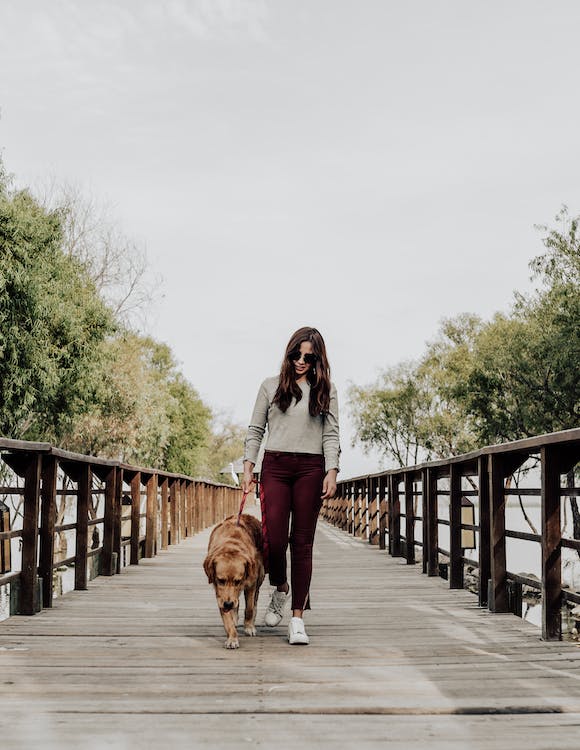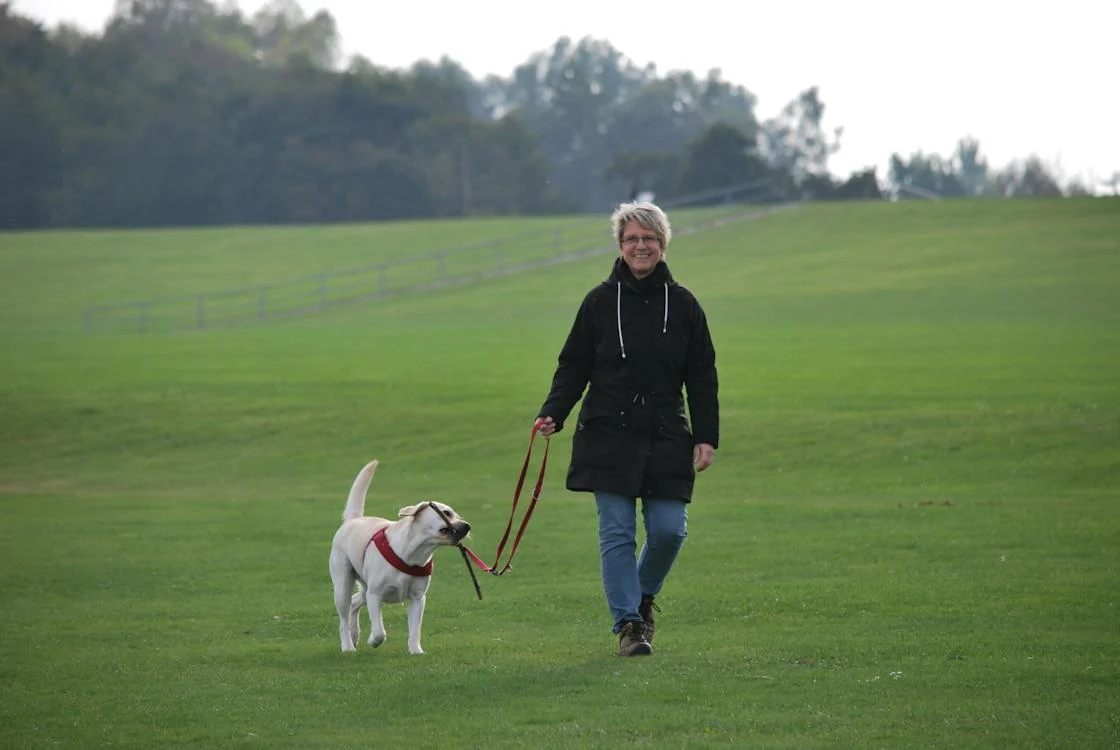Few sights dismay dog parents more than the normally frisky Fido suddenly digging paws in stubbornly, refusing to budge another inch during walks. They might sit, lie down, or even back away resisting the leash’s pull. Where’s that enthusiastic sprint off the front porch you expect daily? Figuring out why dogs balk walks helps remedy issues impeding your exercise time together.
Pain or Injury
The most common trigger for leash resistance involves discomfort or difficulty walking from developing mobility issues like arthritis, hip dysplasia, torn knee ligaments or strained muscles. Pinpoint specific tender areas needing veterinary treatment so activity remains safe and rewarding.
Fear and Anxiety Triggers
Dogs also dig in hesitating if something about the walking route newly intimidates them – construction noises, the neighbor’s loose dog charging fences, cars backfiring or winds blowing unfamiliar scents their way. Take an alternate quiet path while counterconditioning their confidence levels back up through positive exposures.
Unfamiliar Equipment Issues
Dogs adjust slowly to changes. Trying on a new collar, walking gear in unfamiliar configurations or wearing new booties against seasonal ice suddenly alters the feel of perambulating enough to make some pooches balk until they adapt to the different sensory feedback. Introduce gradually.

Frustration from Distraction Overload
Highly social and easily distractible dogs grow intensely neurotic living busy neighborhoods with endless enticements pulling their attention constantly. The squirrel! There’s a person! Mail truck! Too much vying for priority short circuits their basic capability putting one paw steadily in front of the other. Practice refocus skills.
Insufficient Exercise Needs Met
Particularly active breeds like huskies kept primarily indoors or young dogs lacking sufficient outlets for play, exploration and training needs get so mentality and physically underchallenged that the idea of POINT A to POINT B on leash walking seems intolerably dull. Ensure energetic pups get adequate enrichment before attempting pedestrian perambulation.
Reengaging Reluctant Walkers
While patience, praise and coaxing with treats can jumpstart stalled dogs, also determine what factors suddenly demotivated them so you can address root causes. Rule out pain first, then implement confidence building, distraction training and rewarding exercise variety preventing boredom. Soon you’ll both look forward to moving adventures together!

Frequently Asked Questions
My senior dog keeps sitting mid-walk refusing to get back up. Why?
Geriatric joint pain and muscle weakness often progresses gradually until hitting thresholds making continuing difficult despite willingness. Respect limitations while maintaining fitness levels safely. Time for vet checkups!
Are retractable leashes causing pulling and resistance issues?
Quite possibly. Retractable leashes encourage dogs to gain momentum a long distance ahead while enabling them to yank back at restrictions harder. Try standard fixed 4-6 foot leashes instead for better cooperation.
Can I carry small dogs partway if they resist walking?
Sure, carry them a very short distance until they show interest in proceeding themselves again. But don’t allow pups to default to being carried whenever conveniently tired. It conditions laziness long-term.
Pay attention to sudden reluctance walking – dogs broadcast needs through their refusal. Address underlying physical limitations, confidence gaps or miscommunications motivating the strike. Keep them moving happily.



